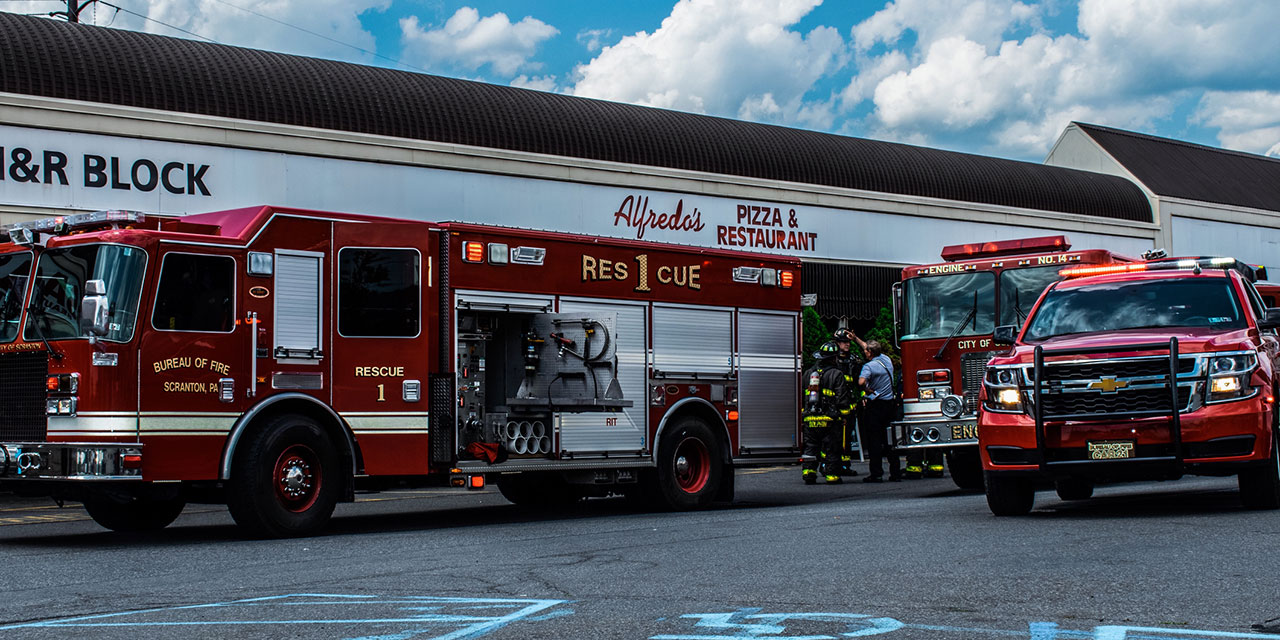For years, America’s declining volunteerism, especially among the young, has affected a broad range of community groups, which struggle to make due with less help. The shortage has particularly serious consequences for first responders. Currently, two-thirds of America’s 30,000 fire departments are volunteer-run, but since 2015, their numbers have fallen, from 814,850 to 682,600. Shortages of emergency-medical technicians and paramedics are also affecting communities. In Florida’s Hillsborough County, for example, agencies often rely on paramedics to work 48-hour shifts.
Blame a fading commitment to volunteerism. “We have seen a decline over the last four or five years—a tremendous decline—in interest in becoming a volunteer firefighter,” noted one fire chief in Alabama. “Our communities are outgrowing the departments right now and their personnel,” he added. “We continue to get calls back-to-back that were pulled out of district, we’re on an emergency call, we’re having delayed response to another call because they’re so close together.” In Maine, the percentage of firefighters has dropped more than 33 percent since 1994. “We try to recruit and do our best to maintain levels and staff, but people just don’t want to volunteer anymore,” said Portland fire chief Tom Printup. The consequences can be deadly for incidents requiring speedy assistance or in regions confronting natural disasters.
Finally, a reason to check your email.
Sign up for our free newsletter today.
Declining volunteerism is especially pronounced in America’s rural counties, many of which, with aging populations and a declining financial base, must support increased demand for ambulatory and fire services. Volunteer firefighters and EMS personnel reflect their communities’ demographic challenges. The National Fire Protection Association, for instance, found that more than 50 percent of volunteers nationwide are over 40. When they retire, it’s far from certain that their slots will be filled by younger residents, daunted by the training demands and time commitment.
These factors create unnerving scenarios for towns with older housing stock inhabited by increasingly unhealthy people. Those residents must rely on exhausted emergency volunteers who, regardless of age, are often working multiple paid jobs—and, as volunteers, responding to higher call volumes. As poverty rates increase in these graying communities, consistently low donations result in unpurchased equipment which, in turn, leads to insufficient services. Even when emergency responders render immediate treatment, they typically collect payment to cover their costs only when patients get transported to emergency rooms. Municipalities will ultimately bear those costs. In recent years, volunteer firefighters have saved municipalities nearly $47 billion annually, but the thinning ranks of volunteers—and dwindling money supply—suggest trouble ahead.
The shortage is especially acute in Pennsylvania, where Benjamin Franklin founded the nation’s first volunteer fire company—Philadelphia’s Union Fire Company, or the “Bucket Brigade”—in 1736. Firehouses became social centers throughout the Commonwealth, from Pennsylvania Dutch villages to multiethnic coal towns. Even today, about 90 percent of Pennsylvania’s fire companies remain volunteer-run, but according to Bruce Trego, the state’s fire commissioner, the number of volunteer firefighters has decreased from 300,000 in the 1970s to just 38,000 last year. A dire financial situation for Pennsylvania’s EMS workers, meantime, has resulted in only 17,000 statewide volunteers, down from more than 30,000. “We are in critical condition. Every month I am notified of an ambulance company or a fire company closing its doors, and it is mostly because of funding,” said state representative Stephen Barrar. “We are going to lose lives over this. We must give it as much attention as possible.”
In response, Pennsylvania’s House of Representatives will consider a legislative package to support the state’s “helpers and heroes.” These bills follow a commission report that made 92 recommendations for boosting volunteer numbers. The bills are wide-ranging, including one that grants up to $16,000 in student-loan forgiveness for college graduates who serve four years as first responders and another that assists rural EMS agencies by waiving staff requirements. Additional bills would increase state funding to train providers in rural areas, purchase medical equipment for ambulances, and address post-traumatic stress injuries. Finally, legislation would also authorize counties to offer volunteers a tax credit up to 100 percent against their property-tax liability. Passage is critical in a state that nearly leads the nation in number of local governments.
If successful, the legislative package could alleviate Pennsylvania’s emergency-response shortage while serving as a model for other states, which face their own challenges. In the end, we all rely on volunteers, whether in building fires, natural disasters, or health crises. Their absence means less support, longer response times, and more negative outcomes—in a country already dealing with shorter lifespans.
Photo: Matthew Van Dyke/iStock
